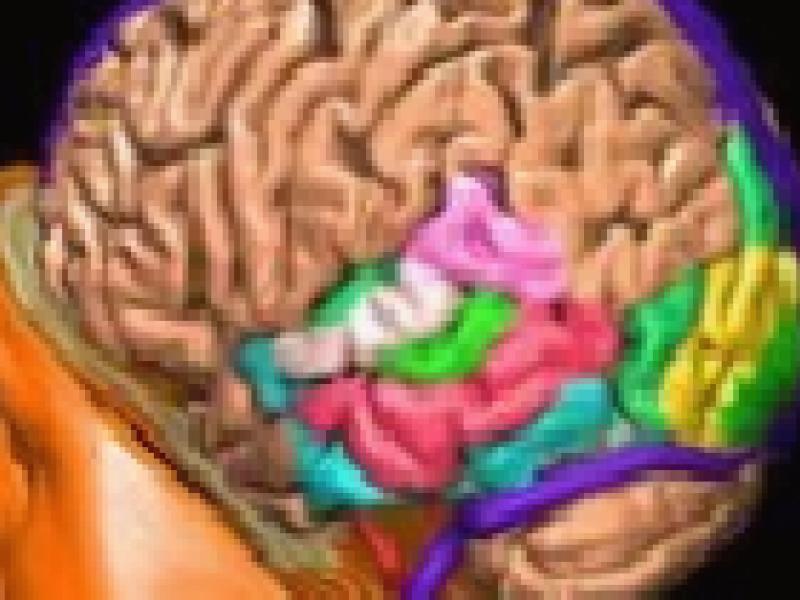
What is Hydrocephalus?
To make a clear definition, the enlargement of the head with an increase in the amount of water in the head is called hydrocephalus. Inside the head are the ventricles (ventricles). The water that we say increases in our head is actually cerebrospinal fluid. The most important task of this fluid, which has many functions, is to protect the brain in severe impacts. In addition, these fluids contain nutrients, just like blood. The cerebrospinal fluid in the lateral ventricles flows into the ventricle in the middle of the brain and from there through a thinner canal to the fourth ventricle. This flow continues until the center of the spinal cord. The cerebrospinal fluid coming out of the fourth ventricle circulates around the spinal cord and brain, and then returns to the veins on the brain surface by being absorbed. Here, the increase in the pressure and amount of the cerebrospinal fluid as a result of the enlargement of the ventricles creates hydrocephalus.
Symptoms of Hydrocephalus (In infancy)
Big head
Being restless
Constant sleepiness
Malnutrition
Vomiting
The view of the setting sun in the eyes
Proboscis in the fontanel
Apart from these, the incompatibility between the head and the chest, and burst-like growths on the head in preterm babies are among the symptoms of hydrocephalus. During the examination, it can be observed that the baby can hardly control his head. Observations such as headache, gait disturbance, and decline in classes sometimes draw attention in children with hydrocephalus.
Hydrocephalus Treatment
Hydrocephalus Surgery: Applications are made for sending excess fluid to another part of the body. We can count third ventriculostomy and shunt surgeries among them.

